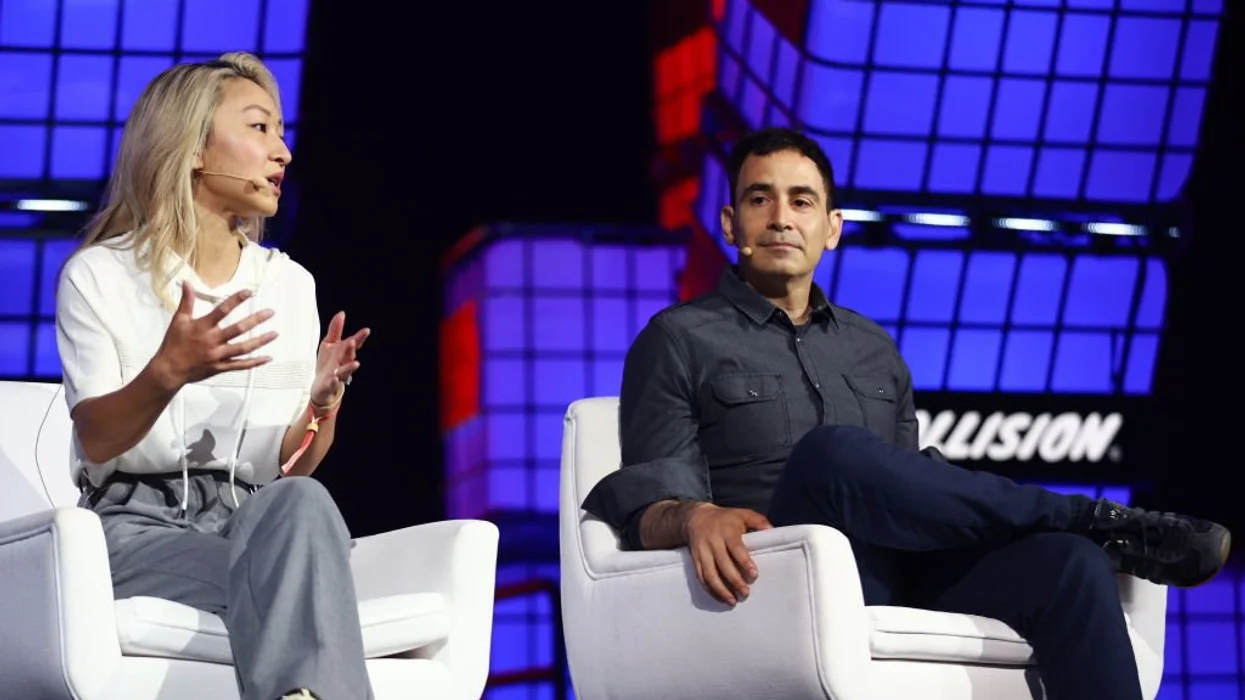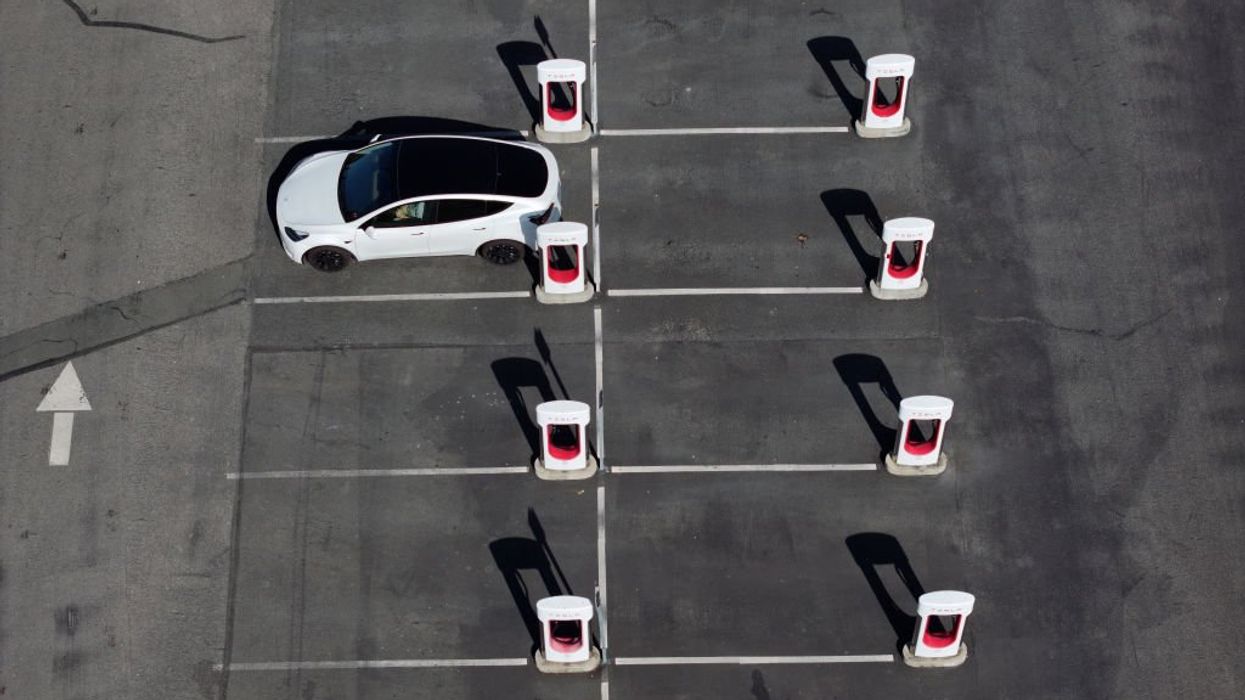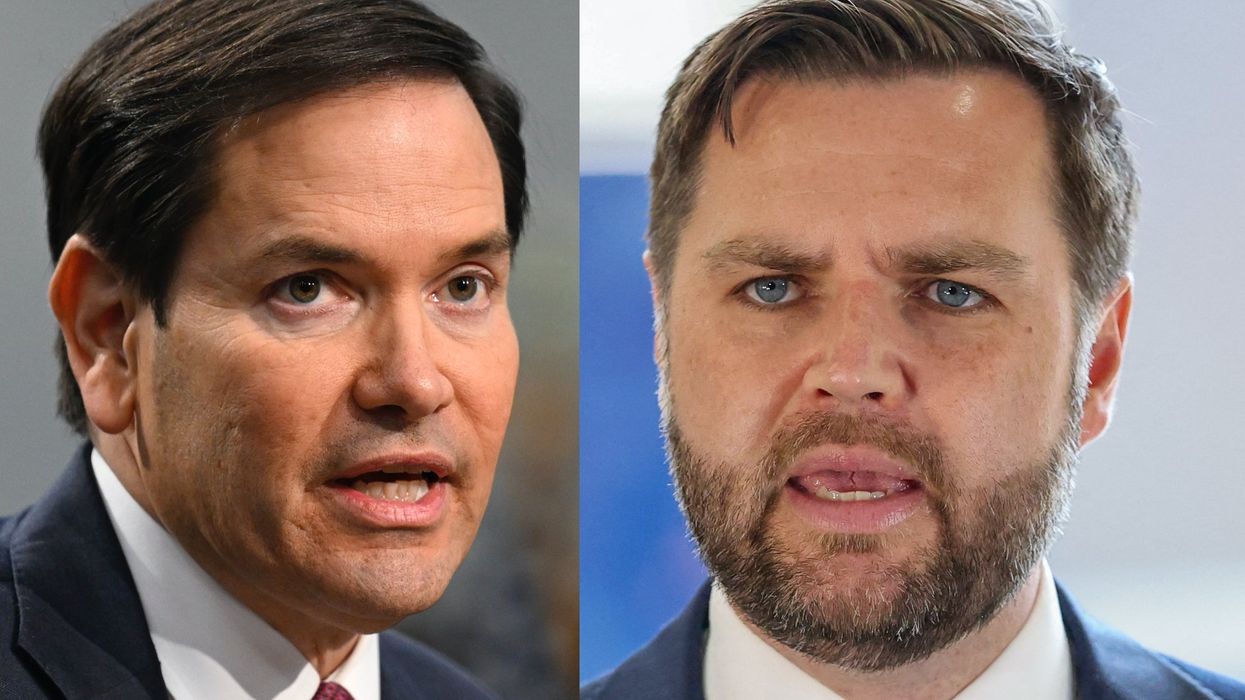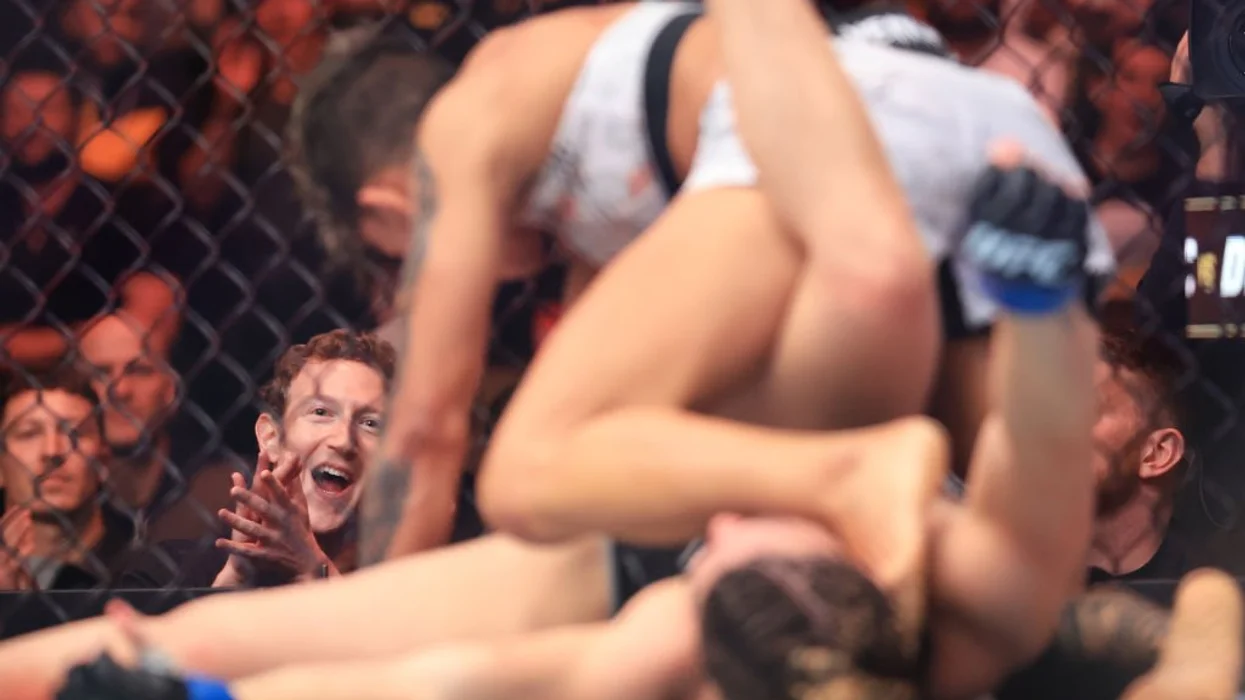In a move that went largely unnoticed by most Americans, the U.S. Patent and Trademark Office granted tech giant Amazon.com Inc. the patent rights to taking pictures against a white backdrop.
 AP
AP
U.S. Patent 8,676,045, dubbed “Studio Arrangement,” is both vague and extraordinary detailed, causing a great deal of consternation among professional photographers, Gizmodo reported.
The patent, which was formally issued on March 18, is vague in that it’s unclear what a person would need to do to violate its guidelines, but it’s extremely detailed in that it goes to great lengths to explain all the criteria required to fulfill what the patent defines as Amazon’s “signature technique,” the report added.
Details listed in the patent include everything from “F-stop” to “ISO value” to “focal length.”
"It should be emphasized that the above-described embodiments of the present disclosure are merely possible examples of implementations set forth for a clear understanding of the principles of the disclosure," the patent reads.
"Many variations and modifications may be made to the above-described embodiment(s) without departing substantially from the spirit and principles of the disclosure. All such modifications and variations are intended to be included herein within the scope of this disclosure and protected by the following claims," it added.
So how did Amazon manage to get the U.S. Patent and Trademark Office to take its request seriously?
 Details from the Amazon patent.
Details from the Amazon patent.
First, there may be a reason why Amazon is interested in protecting the way it photographs display items for its website.
“Amazon's technique is apparently the purest of the pure, being only the photographer, the photographed object/person, the white background, a number of front lights/back lights and some sort of object separating the subject from the ground below it,” Tech Dirt reported.
Now, as Gizmodo points out, it’s pretty certain Amazon didn’t create this technique. But as they utilize it, and it appears nearly impossible to enforce the patent, perhaps the U.S. Patent and Trademark Office saw no harm in granting the patent request.
“The extensive and specific conditions listed mean that there is pretty much no way to either A) violate it or B) know if the patent has even been violated in the first place,” Gizmodo reported.
Here’s a copy of the patent:
There’s a second reason why Amazon may have requested the patent. Again, from Gizmodo:
This could legitimately be its way of ensuring that no one else's photos look absolutely, 100 percent identical to its own (even if they can get pretty damn close). What's more, with Amazon being a massive corporation, it's also possible that this is just one of the many, many patents it perpetually files—and this one just happened to stick.
Electronic Frontier Foundation, a nonprofit group that defends civil liberties in the digital world, weighed in on the issue.
"Sometimes I feel that the patent system is a common sense–free zone," staff attorney Daniel Nazer told the Register. "With the Amazon patent, this wouldn't be a hard patent to design around, but it's completely baffling that a patent on this would issued."
Nazer said the U.S. Patent office actually gets its revenue from approving patent requests, adding that there’s no rule against applying the same request over and over again
So perhaps Amazon merely wore down the federal agency.
In any case, Nazer said, it’s unlikely Amazon will actually try to enforce the patent in court. Still, he concluded, the entire ordeal is curious.
—
Follow Becket Adams (@BecketAdams) on Twitter

 AP
AP





